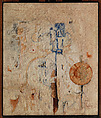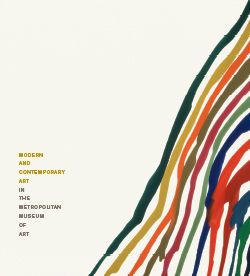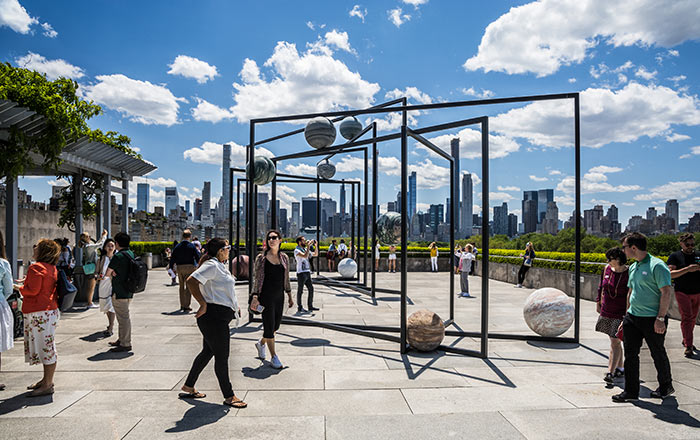Alphabet No. 2
Ibrahim El-Salahi Sudanese
Not on view
Known for work that combines elements of Arabic calligraphy and African ornament and sculpture, Salahi was a leading figure of the Khartoum School, an art movement concerned with the production of a new Arab-African national aesthetic following Sudan’s independence in 1956. The artist has also described his paintings of this period as "things that had been created and that appeared to me and I reproduced them." This is reminiscent of Qu’ranic revelation, as well as of the Surrealists’ interest in visions and automatism, a technique in which the artist ceded conscious control to allow the creative forces of the unconscious to act. Here, the religious text and iconographic elements such as the openmouthed faces and the wheel or spoked circle evoke the sounds of recitation often associated with mourning, suggesting that the work is meant to be "heard," as well as seen.
This image cannot be enlarged, viewed at full screen, or downloaded.


